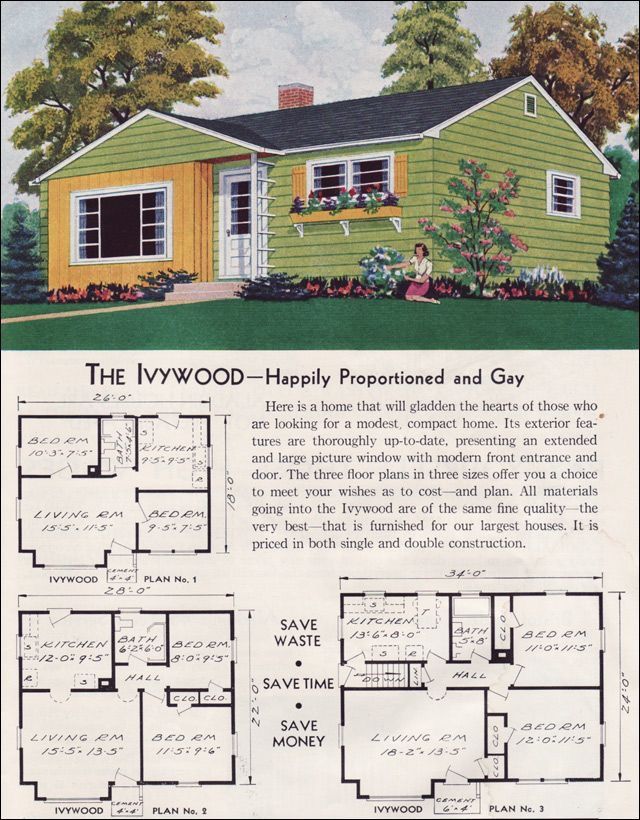First time home buyers continue to face tough times. Prices and interest rates remain high. So are property taxes for new buyers with our high sale prices.. When even good wages aren’t enough to qualify for a median home, it’s time to follow the path of previous generations and start small.

It was very common for veterans returning after the Second World War to use the GI Bill to buy a classic FHA home which often contained less than 1,000 square feet. These homes were built by the millions across the United States, many in Sonoma County. Land was inexpensive and widely available. Labor and materials were within the reach of average households. Fast forward three generations and the housing situation has gotten much more complicated…and expensive. We aren’t twice as big as our ancestors. We don’t need twice as much “stuff”. But somehow, the average new house is twice as big as it used to be. That is one major factor in the increase in housing costs over time. It will be very hard to fix this problem, because all the incentives in the building industry favor maximizing size.
Building Big is Today’s StandardI searched the MLS for Sonoma County recently and found seven active listings for homes under 1,500 square feet that were built after 2010. The same search for modern homes over 1,500 square feet had 107 results. That 15 to 1 ratio isn’t a mistake or aberration. It’s just what is getting built. It’s nobody’s fault, really. Buildable lots are hard to come by and expensive when you can find them. Development fees for new construction are often more costly than already expensive building permit fees. Together, those fees can surpass $100,000 making it impossible for builders to offer low priced homes.
Naturally Affordable and ADUsThe housing stock that remains from the days of smaller homes is in high demand since it is the only remaining “naturally affordable” housing. The only housing getting built today that is comparable to the FHA plans I mentioned earlier are the ADUs that are being added in backyards, created in garages, and carved out of spare bedrooms in existing homes. The combination of no lot costs, limited development fees, and modest building permit fees allows these small homes to fill the need created by decades of failure to build enough new housing for a growing population.Embrace the idea of small homes and ADUs. It’s the fastest, most economical path to solving the housing problems of affordability and homelessness.
San Jose has just made it legal to sell an ADU separately from the main house. Innovations like this will be necessary to allow more people to start buiding housing equity.